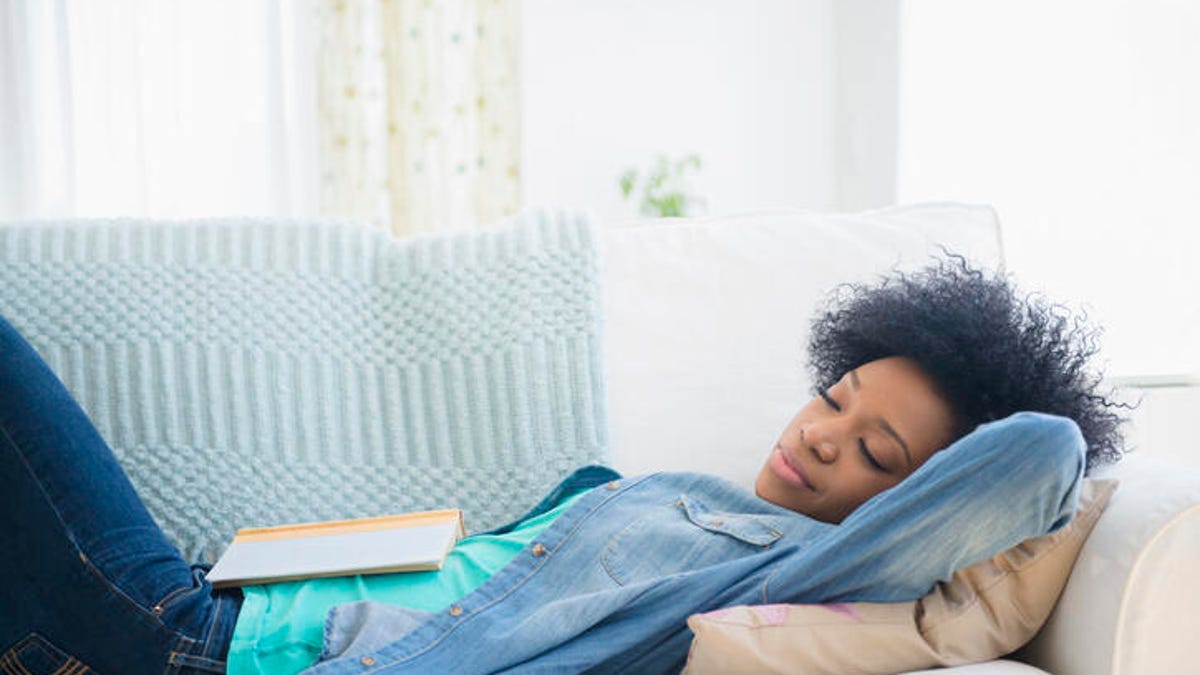 Why You Can Trust CNET
Why You Can Trust CNET How to Power Nap to Boost Productivity, According to a Sleep Specialist
If you need a midday power nap, here's how to do it right.

Power naps can help you feel more energized -- if you do them right.
You take a nap during the day and when you wake up, you feel groggy and probably even more tired than before. Sound familiar? If you answered yes, chances are you aren't power napping -- you're just napping. Regular naps tend to make you feel so groggy afterward that you regret ever taking one. Often, you might find yourself accidentally sleeping for hours and ruining your regular sleep.
That's why power naps are far superior than just letting yourself snooze without an alarm during the day. But there's a secret to doing it right. Here's what a sleep expert recommends.
What is a power nap?
"Power naps are typically considered a 20- or 30-minute nap. If you're having trouble powering through the second half of the day or if you feel sleepy sometimes, taking these naps can really help you maintain alertness and can be either in addition to, or instead of using coffee or other forms of caffeine," said Deirdre Ann Conroy, a behavioral sleep specialist at the University of Michigan.
Conroy warns that power naps aren't a great idea for everyone, in particular people who have difficulty sleeping at night or insomnia. "Taking naps during the day can really interfere with the quality of sleep that you get at night. And so we typically recommend people who have trouble falling asleep, or staying asleep to avoid napping during the day," Conroy said.
How to take a power nap
If you don't have sleep issues or insomnia and want to try power napping, follow the tips below from Conroy on how to take a power nap when you feel sleepy or want a quick energy boost.
Set an alarm for 20 to 30 minutes max
It may not seem like much, but 20-minute naps are the sweet spot when it comes to helping you feel more awake and not groggy. Conroy advises setting an alarm to ensure you don't snooze for too long. "If we think about our sleep cycle, we tend to transition into very deep stages of sleep after about 20 to 30 minutes. And so you actually don't want to have a long sleep period in the middle of the day. You can feel better after about 20 to 30 minutes of lighter stages of sleep," Conroy said.
Staying in the lighter sleep stages during your nap is key to making sure you feel better, since waking up from a deep sleep suddenly during the day (or anytime) can feel jarring and make you feel less than rested.
Take your nap earlier in the day
Timing when you take your nap is just as important as limiting how long you sleep for. If you take a power nap too late in the day, you risk messing up your sleep later that night. No matter how tired you are, you want to prioritize solid sleep at night over a shorter nap time during the day.
In terms of an ideal time frame, Conroy said that can vary because "internal clocks are all different. I've heard people say not [to nap] after 5 p.m., but my 5 p.m. might be different than your 5 p.m. So I just like to keep it general, like early in the day or evening time, whatever that is for you."
For more, check out CNET's list of the best sheets and pillows for your bed. Plus, read up on the six natural sleep aids that can help you overcome insomnia.

